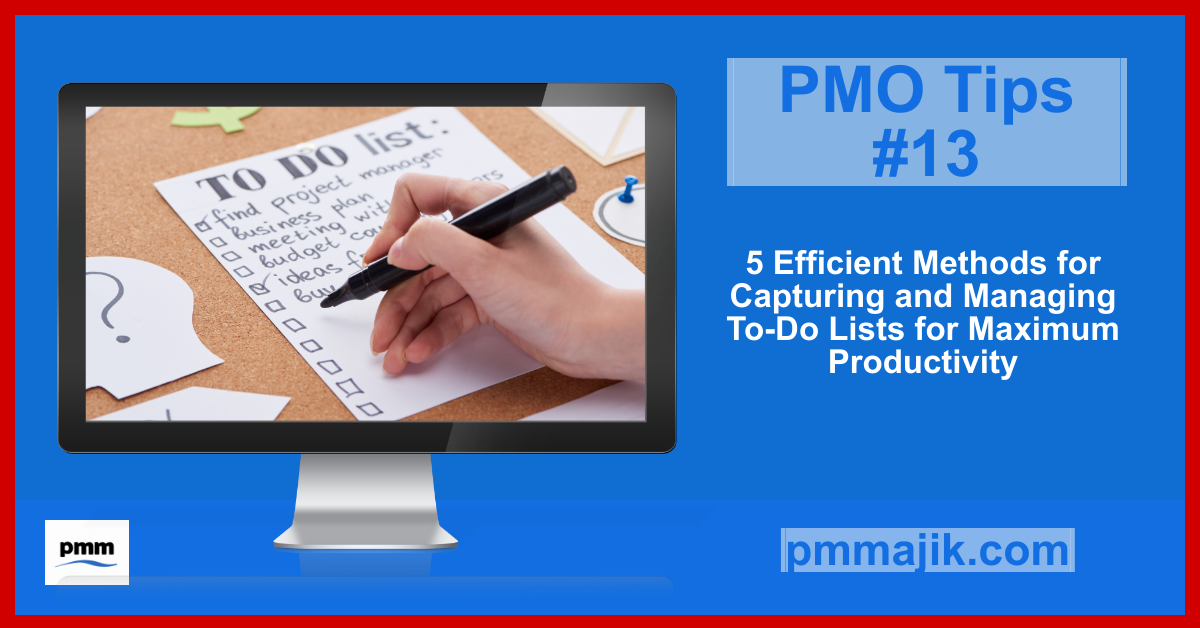Organising and tracking activities are crucial for enhancing productivity in our fast-paced world. One of the most helpful methods for keeping track of one’s tasks is using a to-do list. You must carefully construct and maintain to-do lists to guarantee that you do your activities successfully. We’ll examine many to-do list management strategies that might significantly boost your productivity in this article.
Different Techniques for Capturing and Managing To-Do Lists
1. Pen and Paper
Writing things down on paper is one of the simplest and most traditional methods of keeping track of tasks. This approach gives you a concrete and visible depiction of your responsibilities, making it simple to customise and make rapid changes or alterations. Furthermore, physically marking off chores as accomplished can inspire and provide a feeling of success. Sadly, it is very easy to misplace paper lists. Also, keeping them organised can sometimes be an issue. Therefore it’s important to have a methodical technique for organising them.
2. Digital Apps and Software
Technology has made creating and managing to-do lists very easy. There are numerous digital applications and software platforms you can use to prioritise tasks, set reminders, and sync tasks across devices. Examples of these apps include Todoist, Any.do, and Microsoft To Do. These apps make it very easy to divide large projects into manageable chunks. These apps come with features like task categorisation, deadline setting, and subtask creation. An outstanding advantage of employing this method is accessibility. This is because, so long as you have access to the internet, you can check in on your lists and make changes anywhere you happen to be.
3. Email and Calendar Integration
To-do list management can be more effective by using your current tools. Most email and calendaring programs come with built-in task management tools. You can use these features to turn emails or meetings into tasks with due dates by turning them into actionable items. To achieve this successfully, you must connect your calendar and email to your to-do list. It lets you browse your to-do list alongside your other obligations, create reminders, and arrange precise time intervals for chores.
4. Voice Recording and Dictation
If you are someone that loves verbal communication, voice recording and dictation tools are very useful options. You can record chores while on the road using the voice recording capabilities included on many smartphones and digital assistants. This technique lets you save your tasks as text or audio files. This method might be helpful if you must document thoughts or activities quickly but don’t have access to a computer or paper and pen. You can later write down or arrange the items you captured into a planned to-do list.
5. Project Management Tools
Project management software like Trello, Asana, or Jira can be quite helpful when working on complicated projects involving several team members. With the help of these tools, you can work together to build boards, assign tasks, establish deadlines, and monitor progress. You can prioritise activities, distribute resources, and keep everyone in the loop by employing project management software to collect and manage your to-do lists in a disciplined way.
Conclusion
Without to-do lists, being productive and completing your duties could be difficult. There is a technique to fit everyone’s interests and demands. You can choose the ease of pen and paper, the practicality of digital applications, or the collaborative nature of project management software.
The secret to being organised and focused is discovering a method that suits you and regularly updating and reviewing your to-do lists. We suggest that you try various strategies, embrace technology, and find the strategy that helps you maximise your time and accomplish your objectives.






